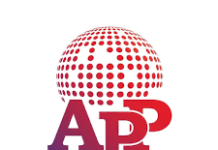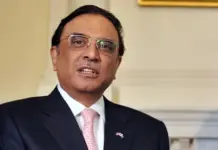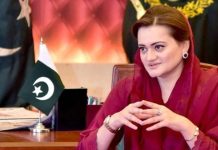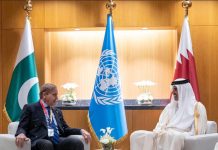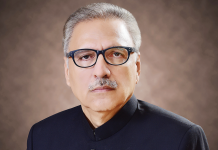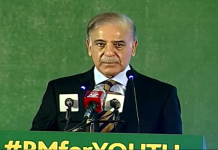BY IFTIKHAR ALI
NEW YORK, Aug 13 (APP): The number of people who have witnessed the birth of the new nation of Pakistan is fast dwindling. I am among those still around who have watched the ceremonies marking the birth of Pakistan in its Dera Ismail Khan city.
That exciting moment — 77 years ago — is etched in my mind as if it happened yesterday.
Now 87, I witnessed that historic event as a 10-year-old boy with my father, a government official serving that beautiful, date trees-dotted city on the bank of the Indus River.
With thousands gathered in the spacious lawns of the office of D.I.Khan’s Deputy Commissioner, the highest district official then, the Union Jack was lowered at the mast atop the building and Pakistan’s green crescent-and-start went up amid wild cheers and slogans accompanied by celebratory gun fire.
For the hot and humid month of August in D.I. Khan, that day was surprisingly cool. Prominent among the crowd were Mehsuds and Wazirs from the adjoining agencies of South and North Waziristan who responded to the Quaid’s message and pledged their loyalty to Pakistan. The gun-carrying turbaned tribesmen in long shirts and baggy shalwars lent colour to the crowd.
The day came after months of demonstrations and rallies in D.I. Khan demanding independence from the British. D.I. Khan had substantial Hindu population — some of them very rich people like Baghai, the transport magnate and businessman Seth Jaisa Ram. Days ahead of August 14, 1947, Birla’s Dakota planes evacuated Hindus to Delhi in dozens of sorties. A virtual air bridge had been set up– every hour or so a plane would land at and take off from the Dera’s ‘kutcha’ air strip blowing clouds of dust into the air, and for days the town remained enveloped in dust.
While most demonstrations and marches — many of them led by Muslim League leader Khan Abdul Qaiyum Khan — remained orderly and peaceful, some extremist elements began to burn and loot Hindu properties even though they were leaving. Why burn properties which would be falling into Muslim hands? And even at that young age I could not understand why the Municipal Building in the centre of city was reduced to ashes.
Back to the deputy commission’s house ceremony: As the proceedings came to an end, people started hugging and kissing each other: there were celebrations all around. The entire town was decorated with Pakistan flags by themselves. Bahadur Khan, a local photographer, recorded the Independence Day events and displayed the pictures outside his shop. Hundreds of people would gather around his shop to see those photographs. One shot of celebrating people taken from “Chaughala” (the central tower) was particularly popular. Many bought copies and took them home.
Afterwards, all went home to listen to the first broadcast of Quaid Mohammed Ali Jinnah who proclaimed the establishment of a sovereign state of Pakistan. His voice came faintly over the only means of communication– radio. There was no TV then and no powerful radio stations in those days and we had to content with the disturbances caused by strong winds as well as the noise produced by electrical gadgets, such as fans. Yet we understood the central theme of his message– Unity, Faith and Discipline.
Ahead of the Independence Day, I also witnessed another important event– the British-conducted referendum in which the people of NWFP (now KP) had a choice: to vote for Pakistan or India. I was not a voter, but accompanied my father to the polling station where hundreds of people had lined up.
When a section of the people started raising ‘Pakistan Zinda Bad’ slogans, British officers asked them not to do so as campaigning was prohibited in and around the polling stations. But the vote was overwhelmingly in favour of the state of Pakistan.
I left D.I. Khan in 1949, a year after Quaid-Azam’s visit to the city. It was a matter of ultimate honour and privilege for me to be part of the Boy Scouts contingent, which along with an Army and police detachments, gave the father of the nation a salute on his arrival in April 1948.
We also marched past the dais where he stood to take the salute. Every one was so emotional and moved to see the Quaid in out midst. Our joy doubled when the Quaid, while inspecting the guard of honour, shook hands with all the 30 boy scouts line up in front of the dais, It’s really hard to describe those feelings in words.
I can still remember the dawn of independence, when the people of D.I. Khan were ecstatic and confident of their future in the new country. Their dream had finally seen light of the day.





